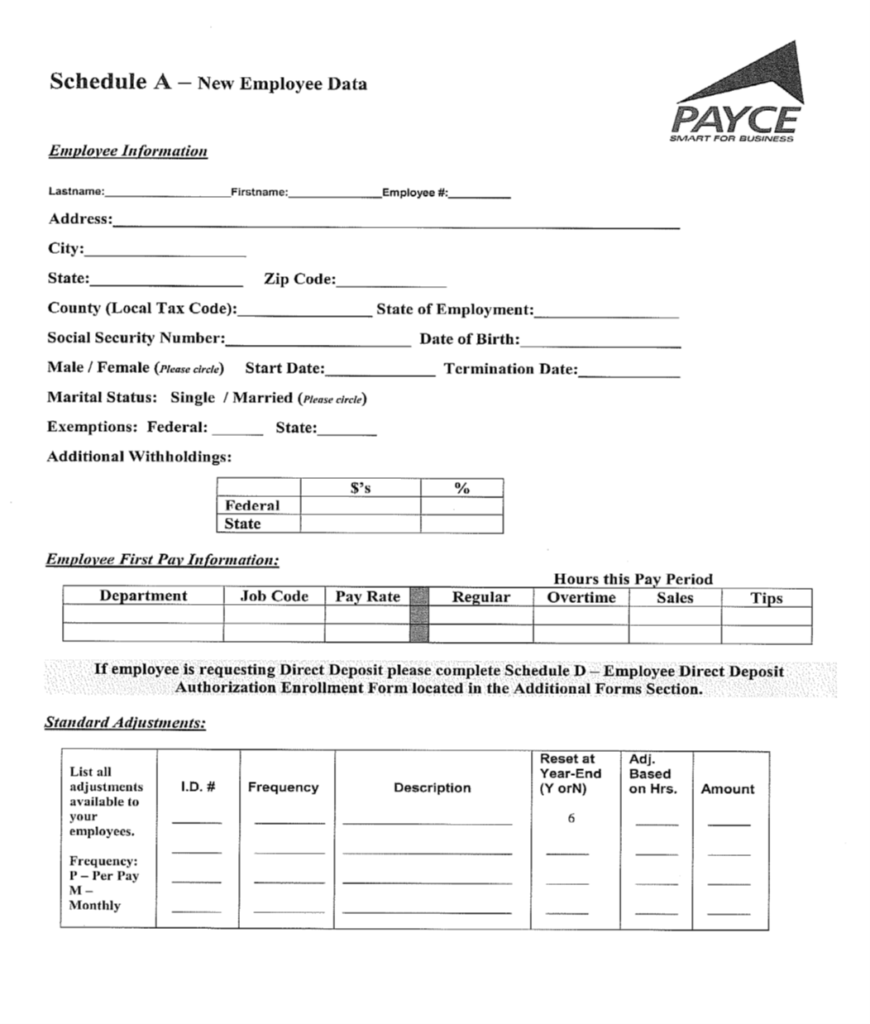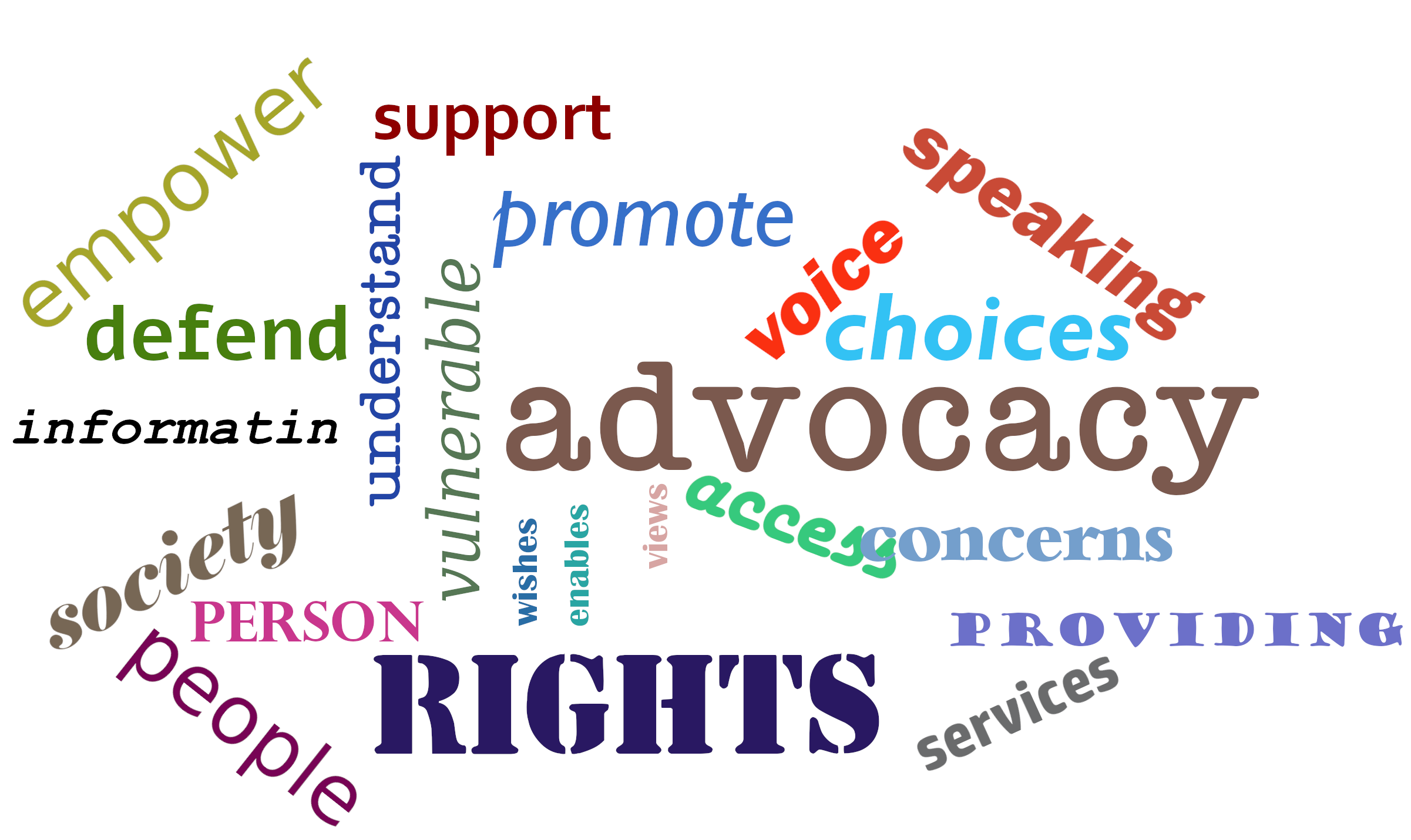
Jennifer Breheny Wallace is the author of “Never Enough: When Achievement Culture Becomes Toxic — and What We Can Do About It,” from which this op-ed is adapted.
Early in the semester, Mike McLaughlin, a teacher at Saint Ignatius High School in Cleveland, conducts a simple exercise with his sophomores. Take out a piece of paper, he’ll say, and make two lists: one with everything they’ve done over the past 24 hours that has contributed to their well-being and the other with everything others have done for them.
At first, most lists show a 50-50 split: They’ve studied hard, but their parents have fed and clothed them. Then McLaughlin presses them. Who teaches and coaches you? Who encourages you through setbacks? The students gradually revise their lists. By the end of the exercise, they realize that only about 5 percent of their well-being is because of their actions and 95 percent is because of the actions of others.
“The point is to plant this idea that they need people,” McLaughlin said, “and that there are people in this world who are going to need them, too.”
Many parents tend to focus on what we’re told is the ultimate goal of parenting: to raise independent, self-reliant adults. Independence is undoubtedly valuable. It helps our children think for themselves, develop and pursue their passions, and become self-sufficient and capable. Accordingly, American parents tend to value kids for their external achievements — for the things that show their kids will stand out in an increasingly competitive world.P
But teachers like McLaughlin and a growing group of parents are starting to realize that for our children to be healthy, happy and successful, we need to teach them a more profound lesson: interdependence — that is, how to rely on others and how to be a person whom others can rely on, too.
What McLaughlin knows and what research suggests is that lasting self-worth cannot come from approval based solely on external rewards, such as trophies, college acceptance letters and fancy job offers. Rather, an understanding of one’s inherent value comes from knowing one’s place in a community — from the sense that others value you and that you add value to others. Researchers call this feeling “mattering”: Only by building interdependence can kids gain social proof that they do indeed matter.
The crisis of student mental health is much vaster than we realize
Too often, in competitive environments, students believe that admitting they need support means they’re inadequate. It’s why so many adolescents suffer in silence until they implode. One student in Los Angeles described the stress as feeling as though you’re “stranded on an island” — and yet, regardless of how high the water rose, she would “rather drown than ask for help.”
By contrast, I have found in my research that children trained in the skills of interdependence better handle setbacks or the uncertainties of the future because they are grounded in their communities.
The parents of these healthy achievers openly acknowledged the courage it takes to ask for and accept support. They taught their kids to “never worry alone,” as psychiatrist Edward Hallowell has put it.Share this articleNo subscription required to readShare
Parents of healthy achievers also taught their children the importance of offering help. They insisted on chores — not so much for the work ethic but because chores helped their children see that their contributions were needed within their household. These parents prized volunteer opportunities over good grades because helping others showed their kids how to bring themselves to the world.
A guide to age-appropriate chores kids can do around the house
But perhaps the most important thing parents can do to instill the mind-set of interdependence is to model it themselves:
• Show your children the nitty-gritty of times you’ve leaned on others. For instance, when my daughter struggled with a paper, I showed her the first edit of an article I’d written for this very newspaper’s science section: red marks everywhere. Initially, I felt embarrassed to need so much help. But quickly, I told her, I came to see it another way. I realized that my seasoned editor was investing in me, helping me become a better writer. I felt grateful for this show of support.
• Name what often gets in the way of building interdependent relationships: envy and the shame it elicits when we think we don’t measure up. Social comparison is a natural part of being human, but, left unchecked, it can leave us deeply lonely. Instead, parents can normalize this universal feeling by admitting they feel envy from time to time, too, such as when they log on to social media and see an acquaintance’s fabulous vacation or when a colleague gets the promotion they were hoping for.
Talk through how you manage those uncomfortable feelings in healthy ways. We don’t have to judge ourselves for having these feelings, I’ve explained to my own kids, but we do have to hold ourselves accountable for how we act on them. Without awareness, our envy can drive us to gossip about or undermine the target of our envy, so that we look better by comparison. Envy poisons connection.P
• To model healthy competition, celebrate out loud the strengths you see in your children’s friends. What do their classmates or competitors do well, and what can your child learn from them? Highlight their shared goals — whether it’s becoming a better tennis player or navigating the same fraught college admissions process. Competition can be mutually beneficial when we encourage children to appreciate and learn from others.
As for the adults? When we’re tempted to go at life alone — to be the parent who does it all, to resist burdening others with our needs, to outcompete the Joneses — we can remind ourselves that independence isn’t the secret to success for us any more than it is for our kids.
We should teach interdependence because it helps our children thrive. But we should also practice interdependence because it helps us thrive, too.







